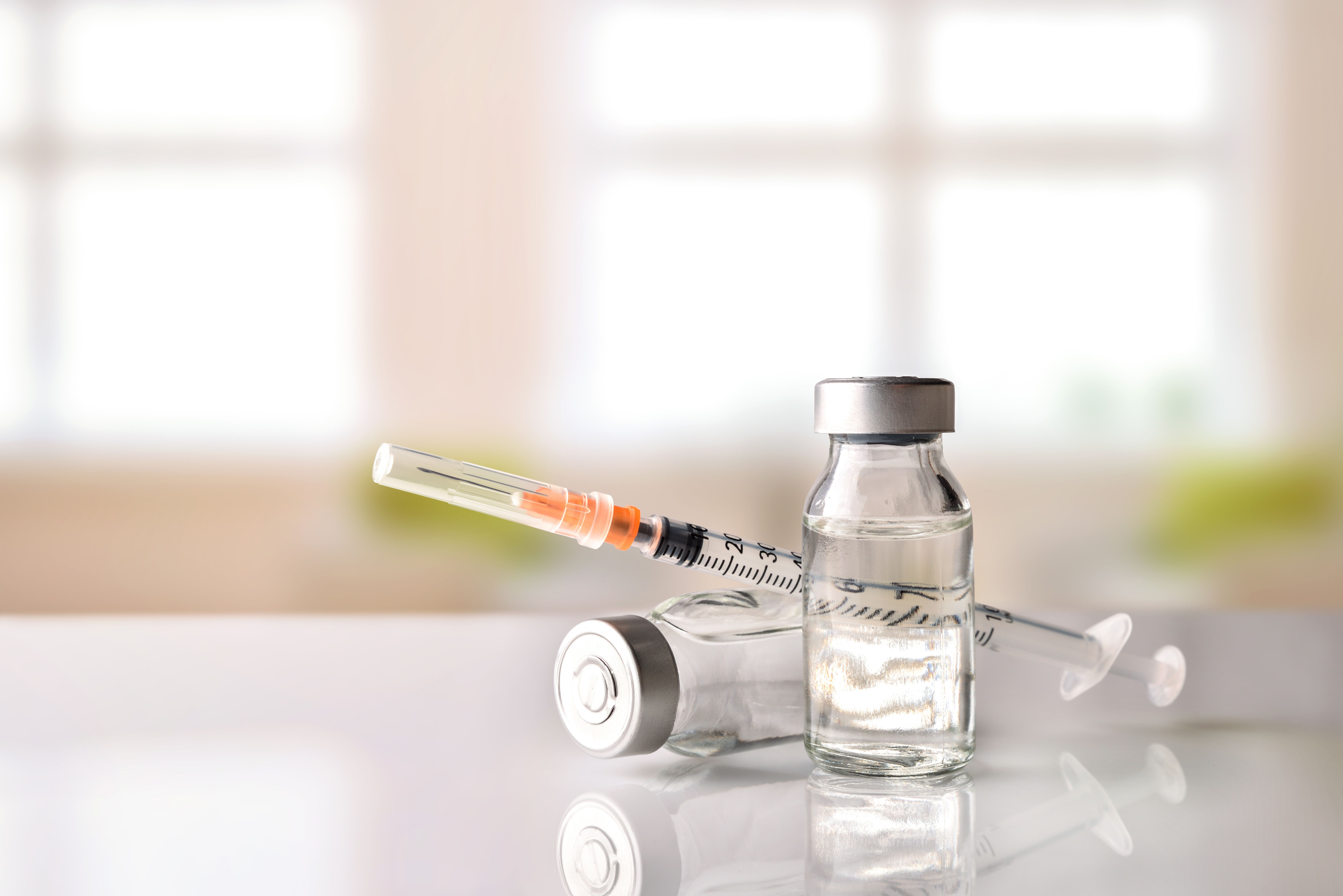News
Article
Intravenous Immunoglobulin Preparations Leads to Varied Effects in Patients With Kawasaki Disease
Author(s):
Two different brands of intravenous immunoglobulin have been investigated, finding Brand P led to significantly longer durations of fever and hospitalization when compared to brand T.
Two different brands of intravenous immunoglobulin (IVIG) from the same manufacturer led to differing effects when administered to patients with Kawasaki disease (KD), according to a study published in the Journal of the Formosan Medical Association.1
Image credit: intheskies | stock.adobe.com

IVIG preparations can differ between each other in multiple ways, despite guidelines published by the World Health Organization outlining minimum standards for manufacturing IVIG. Preparations can differ in the preservation condition, manufacturing process, virus elimination methods, and the final composition of the preparation.1
The investigators assessed the differences in effects between IVIG preparations—Taiwan Blood Services Foundation (TBSF)—supplied human immunoglobulin (brand T) and Privigen (brand P), which were both used at Changhua Christian Children’s Hospital at separate time periods.1
In total, 158 patients with KD were enrolled in the study, with 94 patients receiving brand T and 64 patients receiving brand P. There were 18 patients (11.4%) who were unresponsive to their first course of IVIG across the study.1
These patients all had significantly longer durations of hospitalization (9.6 days vs 4.6 days, P < .001) and fever (80.1 h vs 12.9 h, P < .001) after their first course of treatment compared to those who responded well to their first course of IVIG.1
In the analysis of the 2 IVIG brands, the study authors found that fever duration post-treatment, hospitalization duration after therapy, and IVIG unresponsiveness were all significantly different. Of the 140 patients who were responsive to IVIG, 52 who were treated with brand P had significantly longer fever duration (19.35 ± 3.35 h) after IVIG infusion than those treated with brand T (9.09 ± 1.56 h, P = .008).1
Multiple logistic regression analyses were conducted to evaluate the individual effects of each IVIG brand while avoiding confounding effects. These analyses revealed a high Formosa score, neutrophil greater than 67%, and treatment with brand P were associated with IVIG unresponsiveness.1
The efficacy and safety of the 2 IVIG brands were believed to be equivalent due to being produced by the same company, with the same manufacturing process and similar contents. However, these brands differed mainly in the source of donated blood, which could have led to differences in response.1
Two prior studies present differing conclusions regarding one factor that could have led to the differences between the IVIG preparations: acidic conditions. Manlhiot et al. found that IVIG preserved in acidic conditions was linked with a higher maximal coronary artery Z score at follow-up.2
Similarly, Lin et al. analyzed the effectiveness of IVIG brands on patients with KD in Taiwan and found that acidified IVIG was associated with a higher risk of coronary artery lesions in KD.3 These observations are counter to those in the current study; although brand P (pH = 4.8) is less acidic than brand T (pH = 4.25), brand P had a higher risk of IVIG unresponsiveness.1
Considering those results, the authors of the current study noted that whether the source of plasma, excipients, or pH value are associated with the outcomes found need to be further investigated in future studies. In addition, the different sources of plasma between the brands—brand P had blood from Europeans and Americans, while brand T had Taiwanese plasma—warrants further analysis.1
The phenomenon of shorter fever duration in patients receiving brand T compared to brand P necessitates additional considerations for primary care physicians providing IVIG to patients. The investigators discussed how physicians must closely monitor IVIG unresponsiveness, especially within the first 10 hours of treatment.1
Some limitations of the study were acknowledged, including the retrospective, non-randomized nature of the trial. The investigators wrote that a prospective, randomized study is necessary to confirm the clinical effectiveness of the 2 brands. Furthermore, the study had a small sample size and was a single-center study, limiting the generalizability of the results.1
References
1. Wu KL, Lin MT, Chang YJ. Effectiveness of two same-manufacturer intravenous immunoglobulin for Kawasaki disease. Journ Formosan Med Assoc. 2024;123(4):517-522. doi:10.1016/j.jfma.2023.11.014
2. Manlhiot C, Yeung RSM, Chahal N, et al. Intravenous immunoglobulin preparation type: association with outcomes for patients with acute Kawasaki disease. Ped Allerg Immuno. 2010;21(3):515-521. doi:10.1111/j.1399-3038.2010.00987.x
3. Lin MC, Fu YC, Jan SL, et al. Comparative effectiveness of intravenous immunoglobulin for children with Kawasaki disease: a nationwide cohort study. PLOS One. 2013. doi:10.1371/journal.pone.0063399
Newsletter
Stay informed on drug updates, treatment guidelines, and pharmacy practice trends—subscribe to Pharmacy Times for weekly clinical insights.






